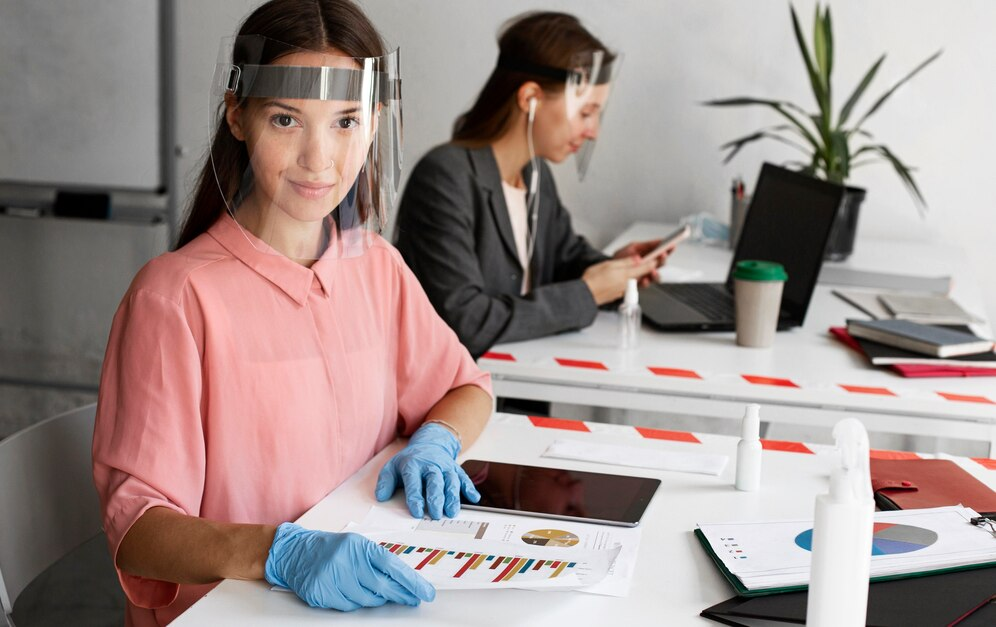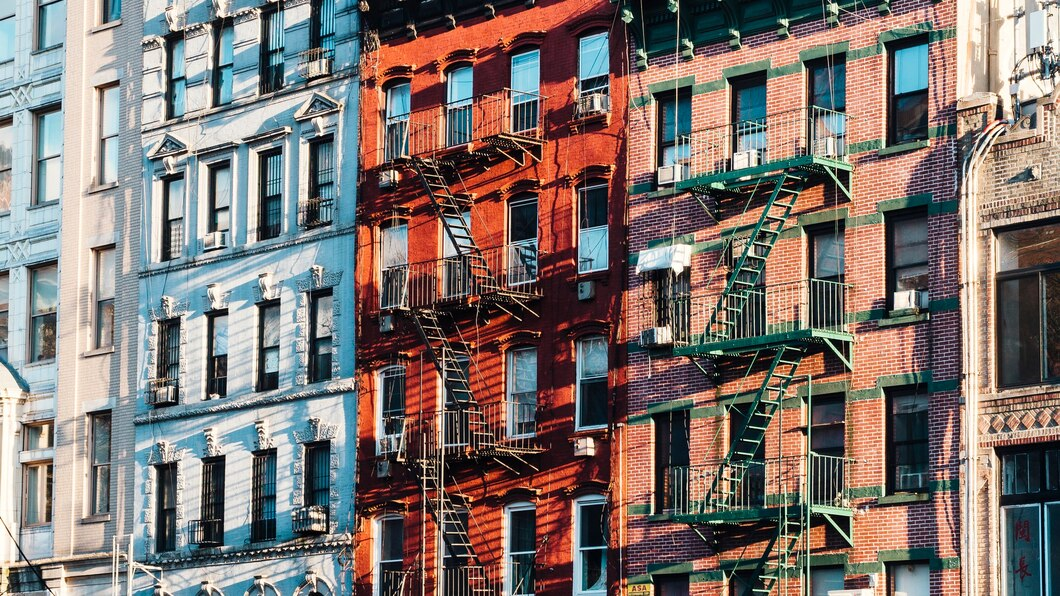Introduction
Lead exposure remains a significant public health concern, particularly in older buildings where lead-based paint was once commonly used. In New York City, regulations such as Local Law 31 mandate stringent lead testing requirements to ensure the safety of residents. One of the most effective methods for detecting lead in paint is through X-Ray Fluorescence (XRF) testing. This article explores the importance of certified XRF lead testing in NYC, the specifics of Local Law 31, and how CleanNYC Lead and Mold Solutions can help property owners comply with local regulations.
When Is XRF Lead Paint Testing Required?
Local Law 31 Requirements
Local Law 31, enacted in 2020, mandates XRF lead testing for all pre-1978 residential buildings in New York City. The law applies to buildings constructed before 1960 or between 1960 and 1978 if the property owner knows lead-based paint is present. XRF testing must be performed by an EPA-certified lead inspector or risk assessor. All tenant-occupied units and common areas must undergo testing by August 2025.
Deadlines and Penalties for Non-Compliance
Property owners who fail to comply with Local Law 31 risk incurring a Class “C” hazardous violation, with fines ranging from $1,000 to $5,000 per infraction. The law also requires owners to maintain lead testing records for ten years. If a child under the age of six moves into a dwelling unit, it must be tested within one year.
Conditions Requiring Immediate Testing
Beyond standard compliance deadlines, XRF lead paint testing is required immediately if certain conditions are met. This includes situations where a child under six years old resides in the unit or if the property owner seeks an HPD lead exemption. The goal is to minimize lead exposure risks to vulnerable populations, especially young children.
EPA-Certified XRF Lead Testing in NYC
What is an EPA-Certified Lead Inspection?
An EPA-certified lead inspection involves using approved methods and equipment to detect lead-based paint in residential properties. Inspectors use handheld XRF analyzers to perform non-invasive testing, which can detect lead even beneath multiple layers of paint without damaging surfaces. The certification ensures that the inspection adheres to the highest standards of accuracy and safety.
The Role of CleanNYC Lead and Mold Solutions
CleanNYC Lead and Mold Solutions is an EPA-certified lead inspection firm with over 25 years of experience. Our team of expert inspectors provides reliable and efficient XRF lead testing services to help property owners comply with Local Law 31. Contact us at 2123816001 or fill out our online form for a free quote.
How X-Ray Fluorescence (XRF) Works
Principles of XRF Technology
X-Ray Fluorescence (XRF) is a non-destructive analytical method used to determine the elemental composition of materials. In lead testing, XRF analyzers fire x-ray beams at painted surfaces. When the x-rays interact with the atoms in the paint, they cause electrons to be ejected from their orbit. The subsequent release of energy is unique to each element, allowing the analyzer to detect and quantify the presence of lead.
Advantages of XRF Over Other Methods
XRF lead testing offers several advantages over traditional methods, such as paint chip sampling. It is faster, safer, and non-invasive, eliminating the need to remove paint samples that could release hazardous lead dust. The technology also allows for rapid testing of large areas, making it ideal for extensive properties or multi-unit housing.
The XRF Lead Testing Process
Steps in Conducting XRF Lead Testing
XRF lead testing is a thorough, surface-by-surface investigation. The EPA-certified inspector uses an XRF analyzer to measure lead levels on various surfaces, such as walls, windows, doors, and trim. If readings exceed 0.5 mg/cm², the surface is classified as containing lead-based paint. In cases where readings are inconclusive, additional sampling may be required.
Understanding the Test Results
The inspector will provide a detailed report following the test, which includes the date of inspection, the EPA certification number, and all XRF readings. If the results confirm the presence of lead-based paint, the property owner must take appropriate remediation actions to minimize health risks and maintain compliance with local laws.
Random Statistical Sampling for Multi-Family Housing
HUD Guidelines for Random Sampling
For large multi-family housing properties, HUD permits the use of random sampling to reduce inspection costs. Instead of testing every unit, the inspector tests a representative sample based on building size and age. This method is less time-consuming and more cost-effective but may require additional testing if units with lead-based paint are discovered.
Benefits and Drawbacks of Random Sampling
While random sampling saves time and costs, it may not provide a complete picture of lead presence in a building. If high lead levels are detected in sampled units, further testing across more units may be necessary, especially when applying for an HPD lead exemption.
Certified XRF Lead Inspections by CleanNYC
About CleanNYC Lead and Mold Solutions
CleanNYC Lead and Mold Solutions is a trusted name in lead inspection and abatement services. With over two decades of experience, we help property owners meet their legal obligations and ensure safe living conditions for tenants. Our team uses the latest XRF technology to deliver accurate and reliable results.
Contact Information and How to Schedule an Inspection
To schedule a certified XRF lead inspection with CleanNYC, call 2123816001 or visit our website to complete the online request form. Our friendly team is ready to assist you with all your lead testing needs.
Importance of Compliance with Local Law 31
Health Implications of Lead Exposure
Lead exposure, particularly in children, can result in severe health consequences, including cognitive impairments, behavioral issues, and developmental delays. Complying with Local Law 31 protects tenants from these health risks and contributes to public safety.
Legal and Financial Repercussions for Property Owners
Non-compliance with Local Law 31 can result in significant fines and legal liabilities. In addition to penalties, property owners may face lawsuits, tenant complaints, and higher insurance costs, making compliance essential.
Case Studies and Examples
Successful Compliance by NYC Property Owners
Several NYC property owners have successfully met the requirements of Local Law 31 by partnering with certified inspectors like CleanNYC. These examples highlight the importance of timely compliance and the role of professional inspections in mitigating health risks.
Common Challenges Faced During Inspections
Property owners often face challenges such as scheduling inspections, interpreting test results, and addressing inconclusive findings. Working with an experienced lead inspection firm can help navigate these hurdles effectively.
Future of Lead Testing Regulations in NYC
Potential Changes to Local Law 31
As awareness of lead exposure risks grows, New York City may introduce further amendments to Local Law 31, potentially tightening requirements or expanding testing mandates to newer properties.
Technological Advances in Lead Detection
Emerging technologies, such as enhanced XRF analyzers and AI-driven data analysis, are expected to improve the accuracy and efficiency of lead testing in the coming years.
Practical Tips for Property Owners
Preparing for an XRF Lead Inspection
Property owners should prepare by reviewing their building’s history, scheduling inspections early, and maintaining detailed records of all lead testing and remediation activities.
Maintaining Compliance Records
Keeping accurate records of all inspections and remediation efforts is crucial for demonstrating compliance with Local Law 31 and avoiding potential fines or legal issues.
Conclusion
Certified XRF lead testing is essential for complying with Local Law 31 in New York City. By understanding the requirements, choosing a reliable inspection service like CleanNYC Lead and Mold Solutions, and staying informed about regulatory changes, property owners can protect their tenants’ health and their investments.
FAQs
What is XRF Lead Testing?
XRF lead testing uses x-ray technology to detect lead in paint without damaging surfaces. It is the only reliable, non-invasive method approved by the EPA.
How Much Does XRF Lead Testing Cost?
The cost varies depending on the size of the property and the number of surfaces tested. Contact CleanNYC for a free quote.
How Often Should XRF Lead Testing Be Conducted?
XRF lead testing should be conducted as required by Local Law 31 or whenever there is a change in occupancy, especially if a child under six resides in the unit.




